What happens now that the Colorado Supreme Court has kicked Donald Trump off the primary ballot? The first thing, apparently, is similar lawsuits in other “blue” states. Those will continue despite the Wednesday decision by the Michigan Supreme Court that Trump’s name can remain.
Nearly all the commentary has been devoted to the legal reasons for these rulings and their political implications. But it is important to consider the effort to exclude Trump in a wider context, one that goes beyond his personality, polarizing candidacy and events of January 6.
That wider frame is a century-long progressive effort to reframe the way America is governed and to loosen the constitutional barriers to those changes. That effort might be called the progressives’ “long march through the Constitution.” The Colorado decision was the bitter fruit of that march. It will almost certainly be slapped down, harshly and quickly, by the US Supreme Court.
The long march began in earnest over a century ago with Woodrow Wilson, more as a scholar than as a president. It became dominant among jurists with the rise of “legal realism” in the 1940s.
It took almost a half-century for serious intellectual pushback to form. It did so with the rise of the Federalist Society and its emphasis on “originalist” jurisprudence. Although that position is still a small minority within law schools, it is strongly favored by Republicans, whose appointments have made it a majority on the Supreme Court.
This sustained effort to reshape the Constitution began with Wilson and the Progressive Movement. It was Wilson who leveled a blunt, principled attack on what he considered the drastic limitations of the “Founders’ Constitution.” He was joined by a coterie of intellectuals, led by Herbert Croly, who founded a prominent magazine with a telling title, the New Republic.
Their basic point was that the constitutional provisions adopted before 1800 were fine for their time but woefully inadequate for the modern era. They needed to be replaced by a “living constitution” that evolved to keep up with the times. Progressives still hold that view, though they seldom declare it as openly as Wilson and Croly.
They knew, of course, that the Constitution contained rules for modifying and updating its provisions. But progressives also knew they lacked the supermajorities needed to pass those fundamental changes. So, they chose other means.
Their success is captured in a phrase that appears on a tombstone over three centuries old, that of Christopher Wren, the great architect who rebuilt London after the Great Fire of 1666. “If you seek his monument — look around you.” The same could be said of political edifice built by Wilson, Franklin D. Roosevelt, Lyndon B. Johnson and their followers. If you seek their monument, look around you.
The foundation stone for that monument was laid during the Great Depression, in Roosevelt’s fierce response to a hostile Supreme Court that had ruled his New Deal programs unconstitutional. If the court didn’t change its direction, he thundered, he would change the court. He planned to do it by adding three extra justices to gain a voting majority. (The Supreme Court had nine justices but the Constitution didn’t specify that number.) Roosevelt’s threat worked — and he didn’t need to expand the court. After 1937, it approved all his programs.
Elite law schools were eager to support this new direction and did so by changing the legal theory they taught. Their students became the next generation’s judges.
This new framework, known as “legal realism,” was “predicated on the notion that all law derives from prevailing social interests and public policy, as opposed to purely formalistic legal considerations.” The implication is that if older laws and policies don’t meet those social interests, as judges alone determine them, then the courts should impose new and better ones.
The only way to implement these vast changes was to cast aside the “outmoded, formalist” constraints embedded in the Constitution, as they were traditionally interpreted. As the courts adopted this new approach, they dramatically decreased the likelihood any laws, regulations or federal programs would be declared unconstitutional.
The impact on American governance and American life was far-reaching. The new jurisprudence:
- Overrode a long line of constitutional precedents, particularly those protecting property rights, contractual freedom, and limitations on federal authority;
- Concentrated power in Washington, away from state and local governments; and
- Shifted lawmaking power away from voters and their elected representatives toward federal judges and bureaucratic regulators.
Why didn’t Congress resist these changes, as the Founders expected when they separated the government’s legislative, executive, and judicial powers? Because congressional majorities were increasingly (and willingly) subordinated to presidents from the same party. Those were usually Democrats who favored a larger, more powerful, more centralized national government with its accompanying bureaucracy.
The effect was to delegate broad rulemaking authority to federal bureaucracies. Congress didn’t resist it — and the courts approved it. The process created the modern administrative state and transformed the role of Congress. Its main job was to pass laws that set broad parameters, delegate the specifics to federal agencies, and then oversee (poorly) the mammoth bureaucracies they had created.
This fundamental transformation of American governance imperils two ideals at the heart of our constitutional democracy:
- Laws should be made by elected representatives, not appointed officials, and made through settled constitutional procedures involving both Congress and the president. The most consequential laws should certainly be made that way. And
- The powers of the national government should be divided between the president and two chambers of Congress, not concentrated in the Executive Branch and its agencies. The Founders relied on this separation of powers to prevent tyranny. To work, the separate institutions needed to defend their prerogatives against encroachment by the other branches
Modern rulemaking, made by bureaucrats and judges, tramples those ideals and the constitutional constraints designed to implement them.
Today, the most important laws passed by Congress include thousands of references that say the “secretary of transportation” or “secretary of Health and Human Services” shall make this or that determination and then establish a bevy of regulations to fulfill Congress’s broad intent. In practice, much of Washington’s control over American life stems from those regulations, which are made, enforced and often adjudicated by mid-level bureaucrats.
No one doubts the wisdom of allowing administrative experts to make detailed rules on relatively small, technical matters. The problem arises when rules and decisions are more consequential. Delegating those decisions to unelected administrators and suppliant judges is not only undemocratic, it violates established rules that prohibit Congress from offloading its legislative responsibilities.
This transformation of the Founders’ Constitution is exactly what Woodrow Wilson sought and what Franklin D. Roosevelt did so much to achieve after his 1937 threat to “pack the court.”
The pushback began during the Reagan administration. Led by the Federalist Society, it developed a strong, coherent intellectual position and steadily gained ground, despite tenacious resistance by progressives.
This shifting balance put leftist legal scholars in an odd position. After decades of cheering major constitutional surgery performed by courts — out with the old, in with the new — they began pleading to shut down the operating room. Stop the changes, lest they overturn the old and cherished victories.
Although this resistance comes from the left, it makes a point conservatives should take seriously. A central goal of any well-ordered legal system is to provide a stable, comprehensible order. That stable order allows individuals and organizations to make informed decisions, knowing which rules apply. They can’t do that if legal precedents are easily discarded.
Important as this need for stability is, it has its limits. The most important are that it should not:
- Perpetuate clearly unconstitutional laws and regulations
- Give unelected bureaucrats and judges the power to make major laws, or
- Block citizens’ rights to choose their representatives
Because citizens have this fundamental right to elect who will represent them, judges should be extremely wary of excluding candidates from the ballot. They should do so only when candidates have violated obligations that are plainly spelled out in the Constitution (and, ideally, supported by well-established precedents) and when those candidates have been afforded due process to rebut any charges that would keep them off the ballot.
Those are load-bearing walls of a representative democracy. Maintaining them is a core judicial responsibility.
That conclusion bears directly on Colorado Supreme Court’s decision to keep Donald Trump off the primary ballot, a move other progressive states are eager to replicate. That move will almost certainly be rejected by the US Supreme Court.
It should be rejected unless the High Court finds Trump committed unequivocal constitutional violations, that those violations are clearly covered by the text and well-established legal precedents and that the prohibitions are meant to cover actions by the president himself, not his appointees.
Unless SCOTUS finds those major violations of the constitution, it should reaffirm the voters’ rights.
The Supreme Court will almost certainly rule there are no such prohibitions against Donald Trump remaining on the ballot, despite his very troubling speech, actions and inactions after losing the 2020 election and especially on January 6, 2021. Remember, an aggressive Special Counsel, Jack Smith, conducted a thorough investigation and never charged Trump with insurrection. Yet a state supreme court is now keeping him off the ballot primarily for a crime he was not charged with or convicted of.
SCOTUS is also likely to find that, as president, Trump was not covered by a key portion of the Fourteenth Amendment, which prohibits citizens from holding a broad range of positions if they violated their oaths as “officers of the United States.” The question then becomes: who is an “officer” and who isn’t? The answer is contested. Section 3 of the Amendment names a number of those “officers” but does not include the president or vice president. Courts have ruled the same way, though the point is hardly settled law.
One fairly recent case (on a different matter) takes up the issue directly. In that 2010 case, Chief Justice Roberts wrote that the “people do not vote for the ‘officers of the United States.” Instead, officers of the United States are “appointed exclusively pursuant to Article II, Section 2 procedures.” The key word here is “appointed,” not elected. Roberts’s conclusion matches one reached two centuries earlier by a towering legal figure, Justice Joseph Story, in his 1833 Commentaries on the Constitution of the United States.
Finally, the courts are likely to conclude the question is essentially a political one that should be decided by the voters. The justices will be extremely reluctant to wade into this maelstrom. They know that prohibiting a candidate who received over 70 million votes last time, has a good chance of winning this time and has never been criminally charged with insurrection would be the most controversial and divisive court decision since Dred Scott. That, as you may have read, did not work out well.
Whatever the legal arguments, no one familiar with a century of expansive progressive jurisprudence should be shocked by the Colorado rulings. It fits snugly within that tradition. But that once-dominant tradition is now in retreat intellectually and outnumbered on the High Court. That bodes ill for the Colorado decision and any that replicate it. The only question is whether the Supreme Court will reject them unanimously.



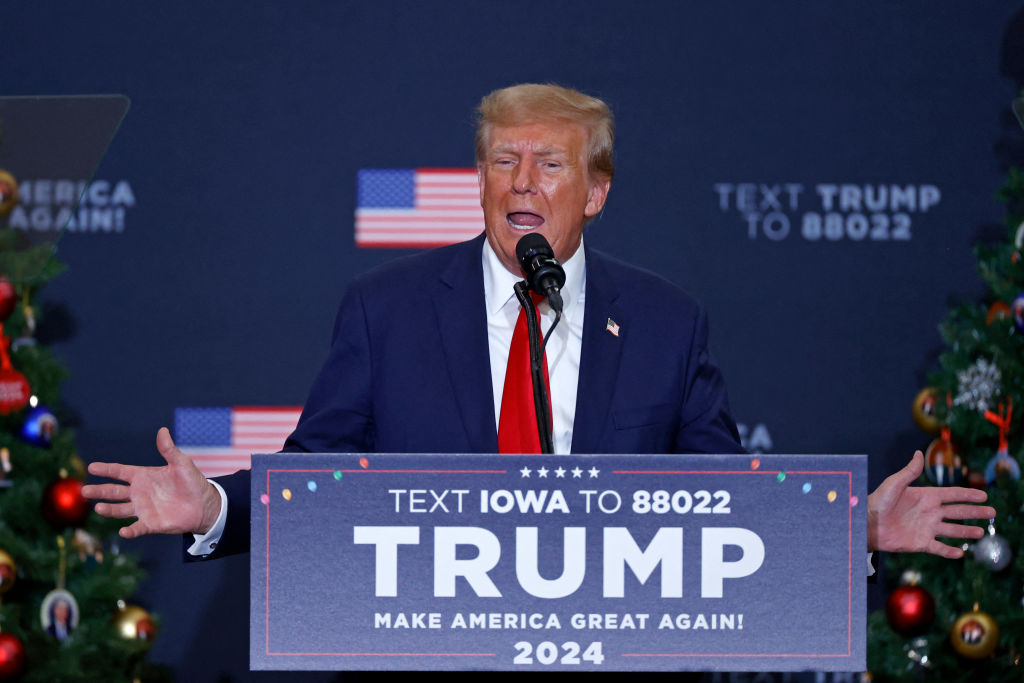








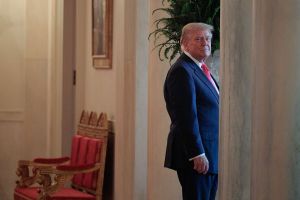

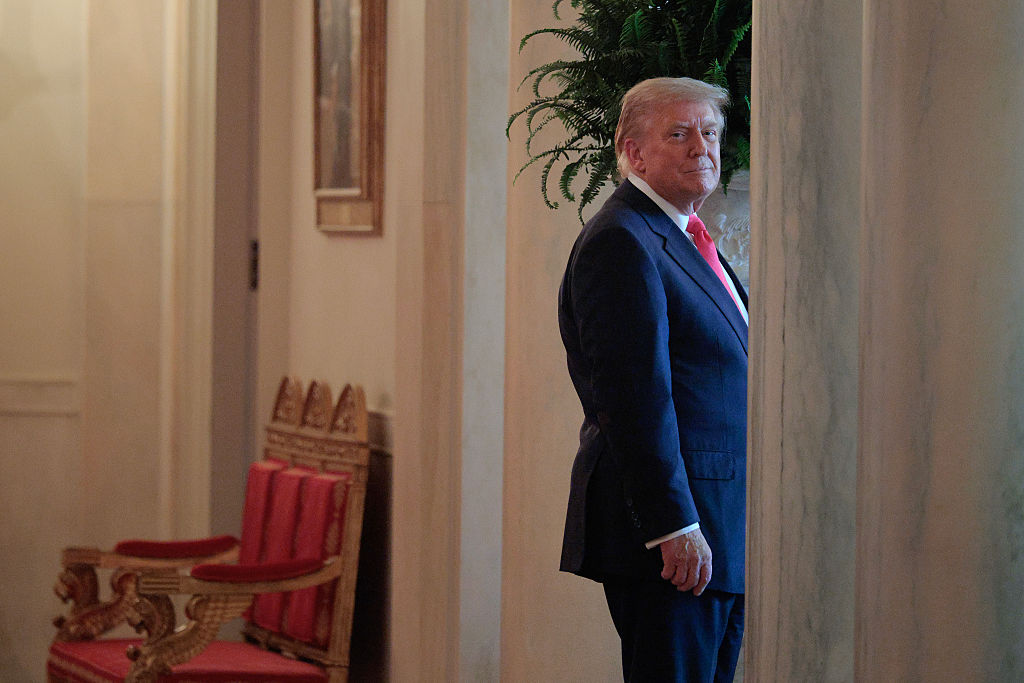
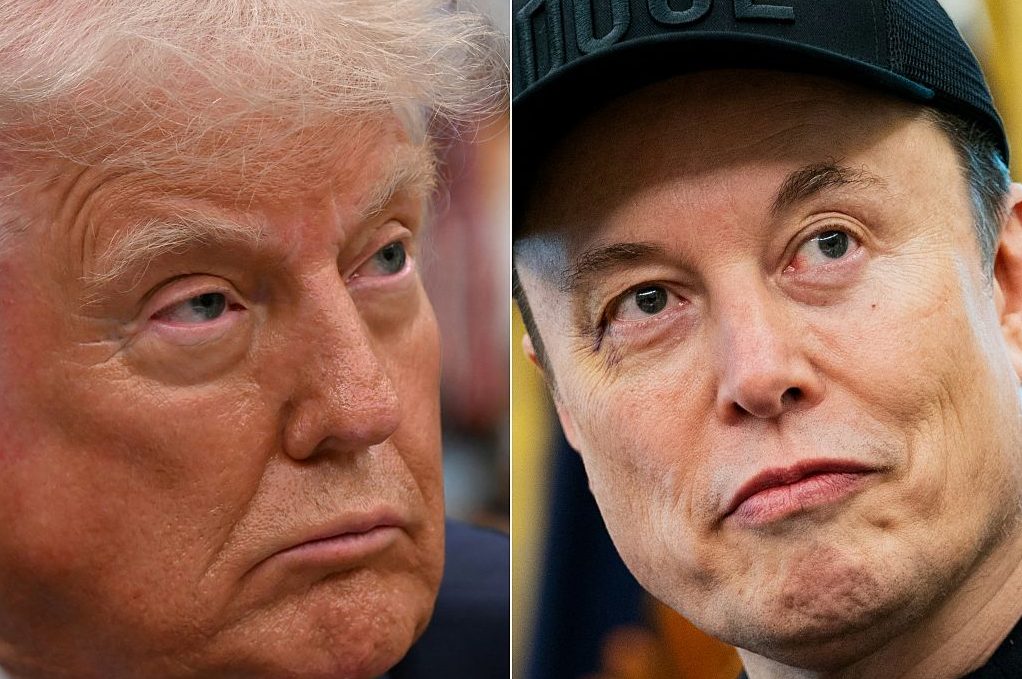
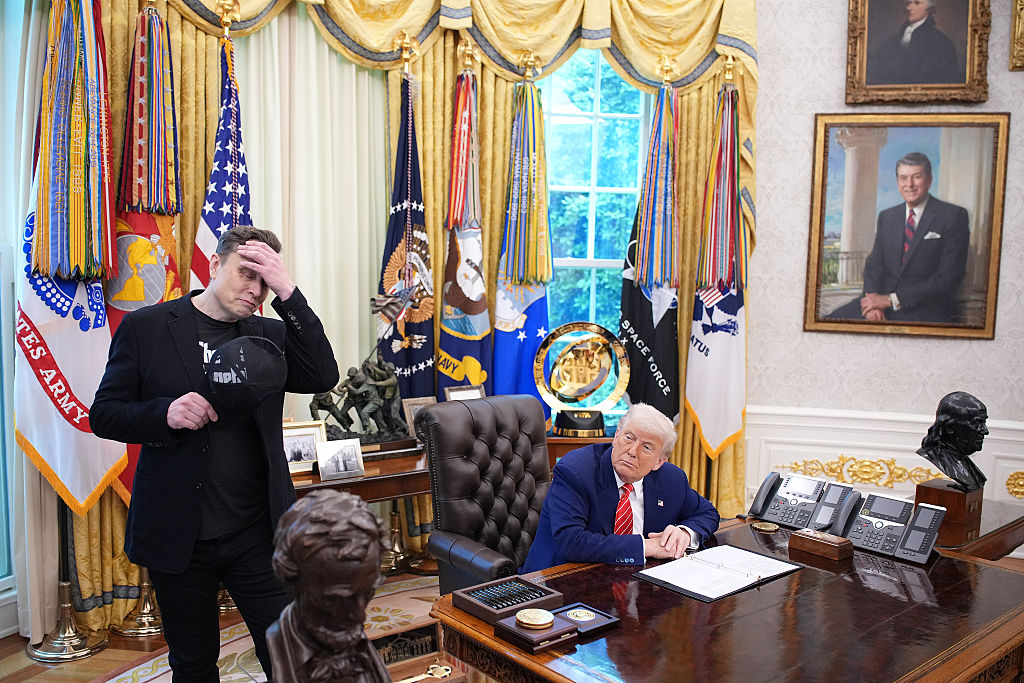
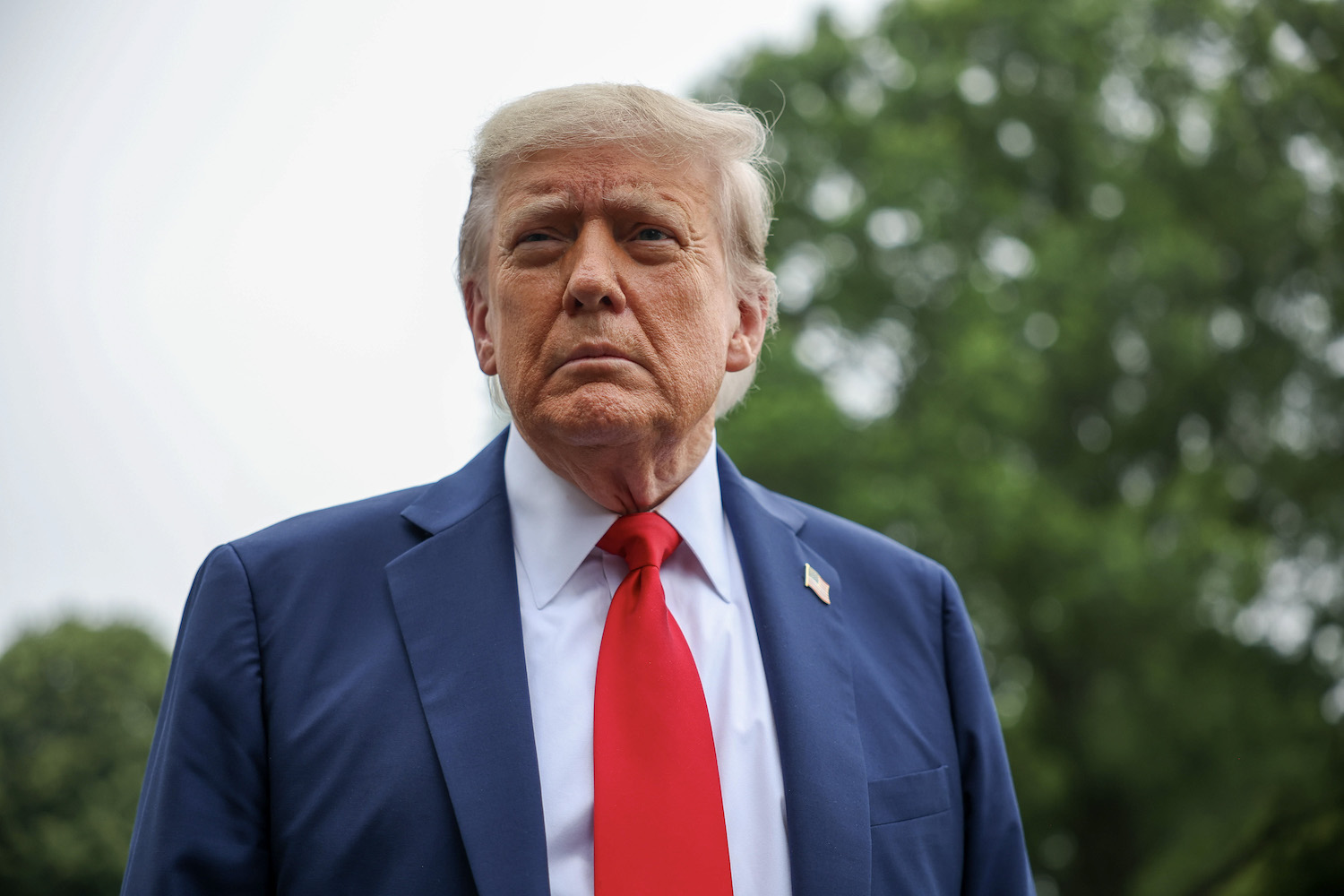
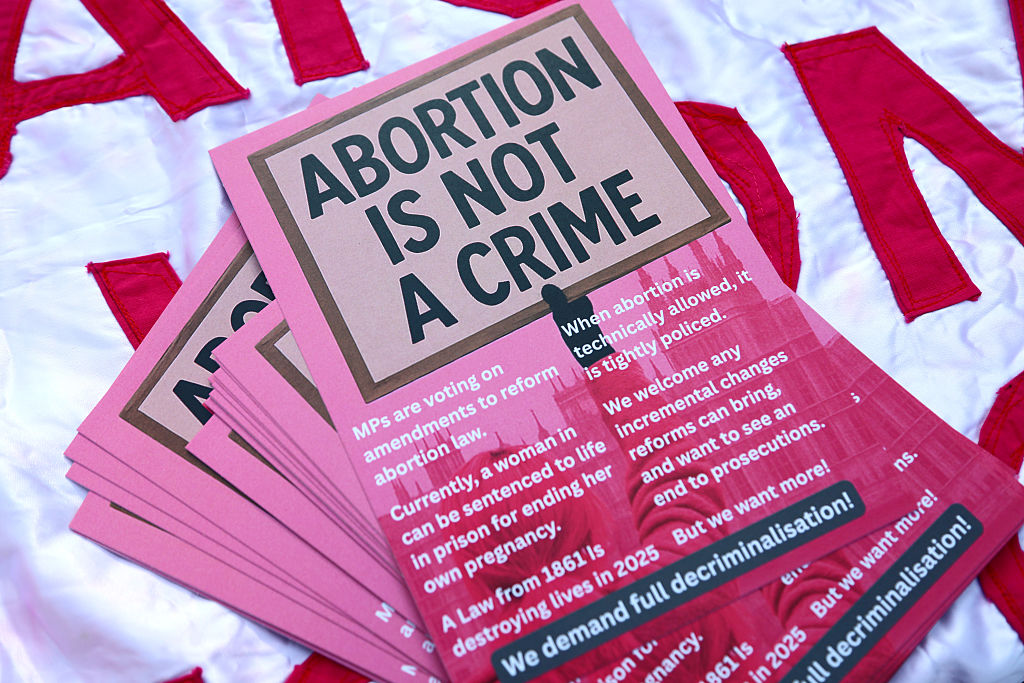







Leave a Reply